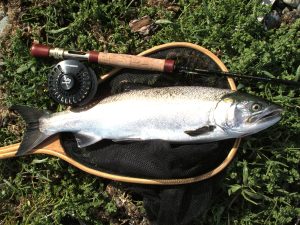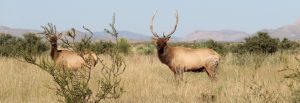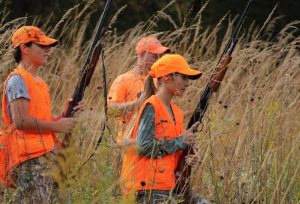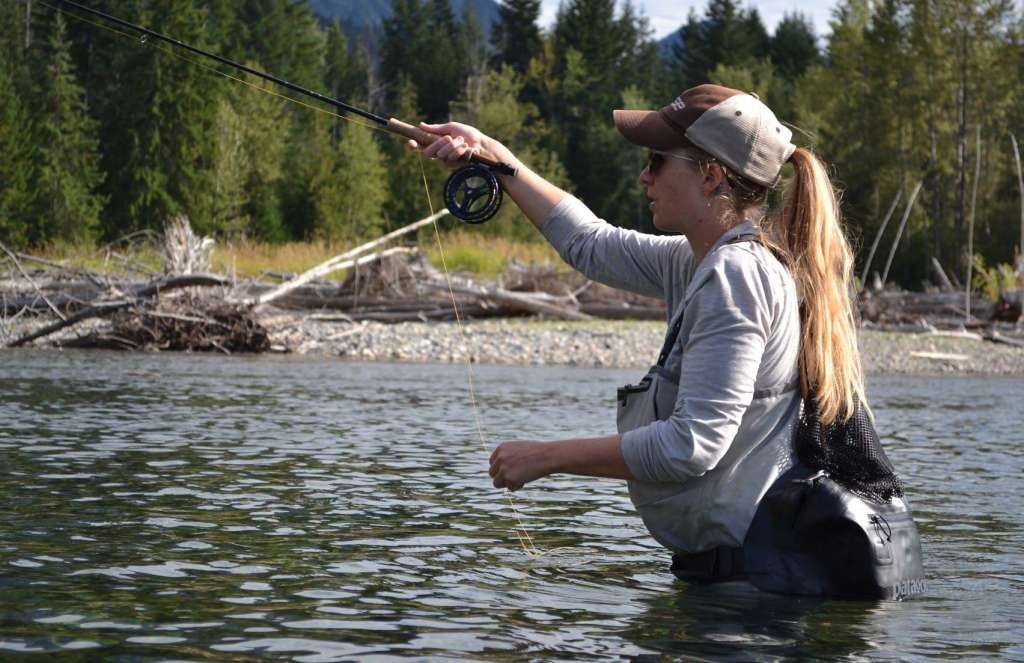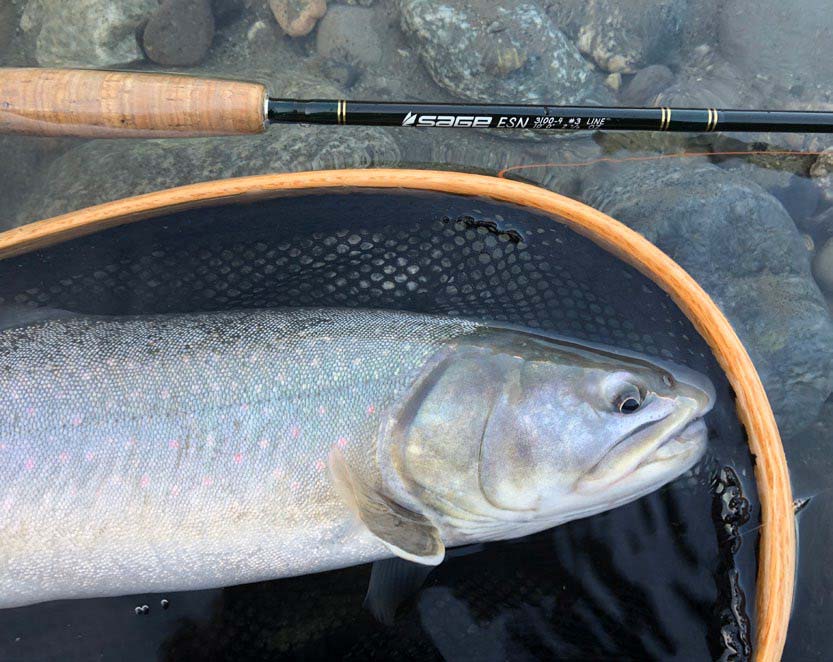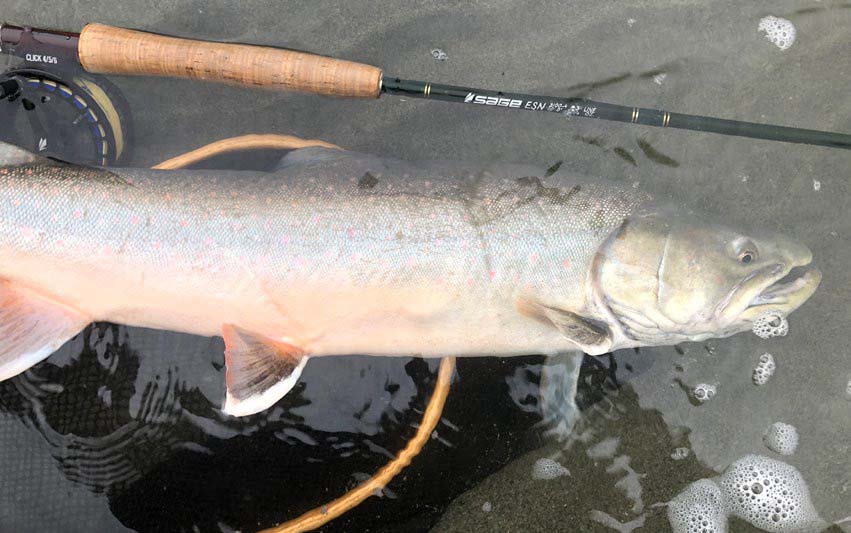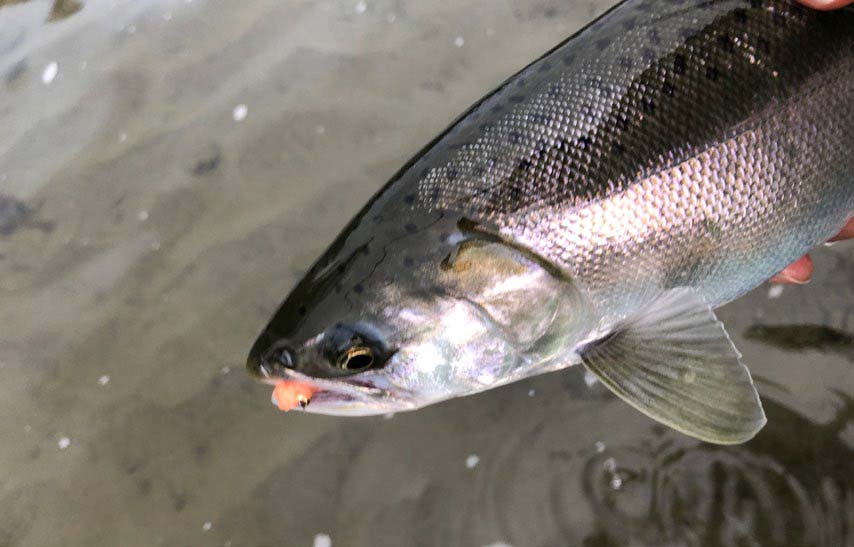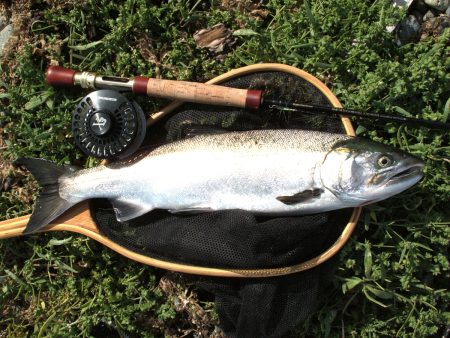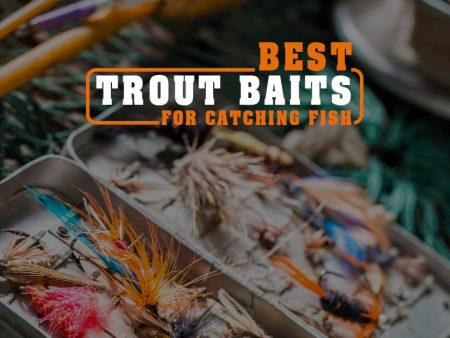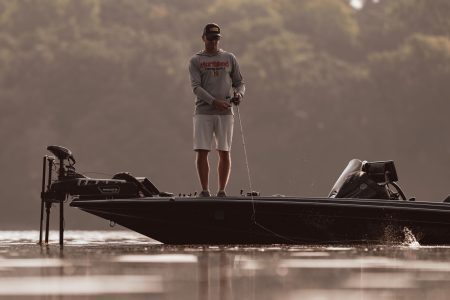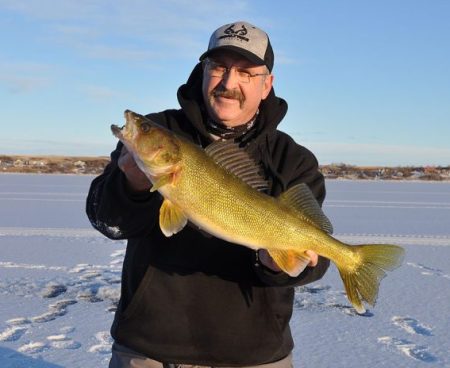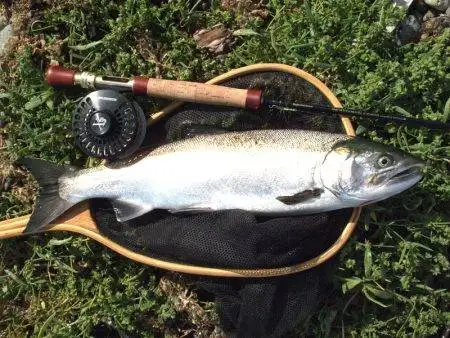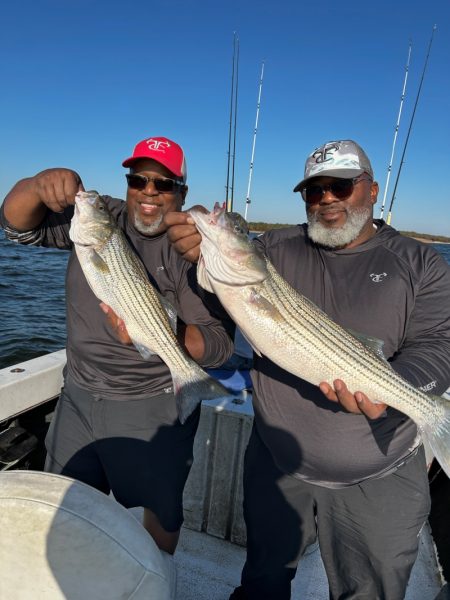Some of my favorite aspects of fly fishing include learning new techniques, exploring new fisheries, and introducing myself to something completely out of my wheelhouse. My introduction to ‘European’ and more specifically ‘Czech’ nymphing went hand-in-hand with my first-year assistant guiding for local trout species and I have not looked back since. Often termed ‘high-sticking’ or ‘tight-line nymphing’ to our American friends, Euro nymphing differs from traditional fly fishing as it utilizes a longer, lighter rod, a level line, and a heavy nymph which is pulled or directed through the water column. Casting is simplified down to a lob and the effectiveness of the technique comes from the fly’s presentation. Czech nymphing is considerably different than conventional downstream nymphing or the standard practice of fishing a wet fly swung, retrieved, or trolled. Having tight, continuous contact with the nymph ensures sharp connections and consistent hooksets.
I am still very much in the early chapters of my Euro nymphing story and I am continually adapting my technique as I learn more every outing. This article is meant to highlight the practicality and productiveness of this particular fly-fishing style as it pertains to my local streams in Southwestern British Columbia. Euro nymphing has opened a door to a subsurface fishery beyond what I could have imagined and an entire new level of fun. Join me as I share a beginner European nymphers perspective on what has been an exciting and eye-opening learning experience.
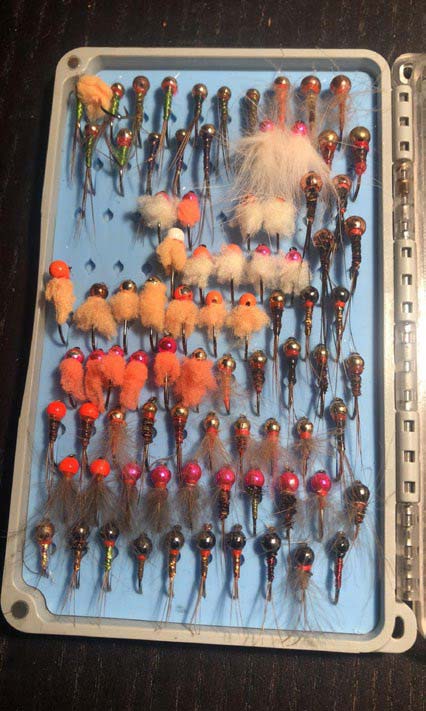
Having a mentor for any personal dedication that is willing to spend the time teaching you a skill set is something that stays with you for a lifetime. My head guide walked me through Czech nymphing so I would be well versed with clients however he continued teaching with personal outings devoted to narrowing down the fundamentals and adjusting my skills. These ‘guides day off’ were meant to cultivate not only my guiding prowess but to make me a better overall angler. He coached me through the proper setup of the line, leader, and tippet as well as through maintaining a tight presentation. I learned so much just by watching how well tuned an experienced Czech nymph, such as he, could be.
Although Euro nymphing has been in North America for a very long time it had not caught on in mainstream angling practices in my area until more recently. The effective nature of the technique soon gets noticed and questions quickly come flying in. This nymphing approach has proven itself in the heavy river systems of B.C. that are patterned with sharp downgrades, boulder gardens, riffles, pools, and slots that can often be challenging to fish with conventional fly gear. I began very simply, using pheasant tail or hares ear nymphs for trout during the warmer summer months where bug activity was plenty, and fish were feeding prolifically. In British Columbia we are fortunate to have countless fisheries throughout a diverse range of seasonality that spark new feeding frenzies and cater to anadromous species. I have Euro nymphed for rainbow trout, whitefish, salmon, steelhead, and bull trout all with success but with their own specific tendencies. Learning how to adapt my Euro Nymphing skills to various fish species has been a large part of the adventure.
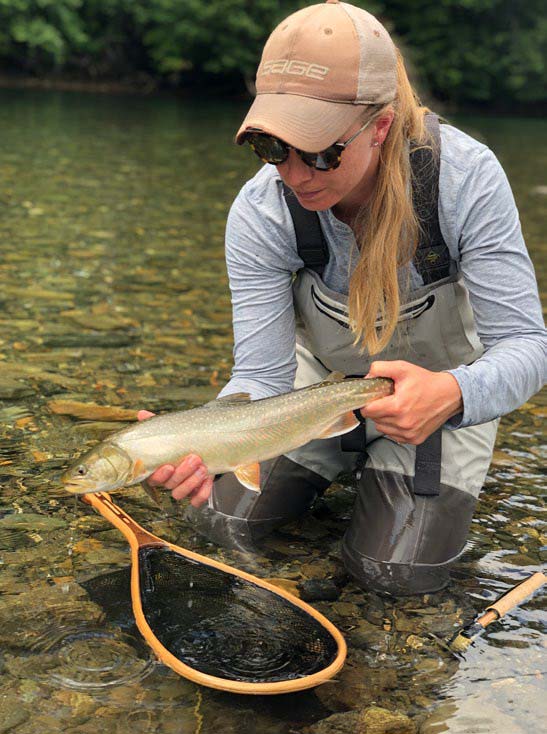
Detecting hits is accomplished in a number of ways. On certain days when the fish are aggressive, you will immediately feel the tightening of the line and the fish will take off even before you’ve had a chance to react. When Czech nymphing keep your eyes on the sighter tippet as that functions as your indicator to deviations in line tension. Most frequently you will notice this section of line straighten out or move in such a way that expresses a change ultimately announcing the attachment of a fish. Bites can be subtle or intense but reading the differences in line strain gives you the ultimate success rate.
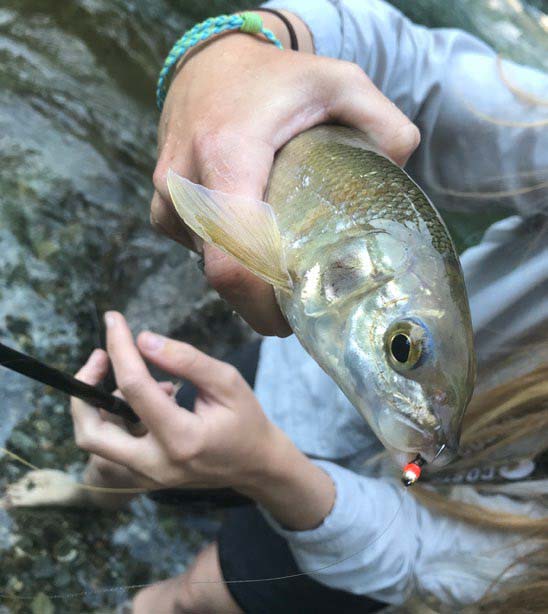
There seems to be an endless discussion online regarding line setup and anglers from around the world have shared their favorite methods when it comes to preparing Euro nymphing lines. My personal line configuration follows a simplified version of standard competition rigging which I was shown by my head guide. I currently use Rio FIPS Euro Nymph #2-#5 as my main line due to its thin diameter and low stretch core. Unlike other level lines I have tried in the past, the Rio Euro line has a hollow core that allows me to splice directly to a section of tenkara level line without knots or bulky loops. A streamline profile is key in a nymphing line setup as loop-to-loop connections reduce sensitivity and create drag. From my mainline I attach a rod length section of tenkara level fluorocarbon line in roughly 0.30mm to 0.31mm. The diameter of all parts of the setup should roughly be decreasing the closer you get to the tippet and the fly. After the tenkara line I attach approximately 30 inches of sighter tippet, either two or three colour options depending on brand, a ‘trout’ size tippet ring, and then finally six to seven feet of tippet material before my fly. For my tippet I use high-end fluorocarbon that sinks well and is abrasion resistant as well as consistently strong. Depending on the trout fishery and the river system, I typically tie on anywhere from 0.18mm to 0.12mm tippet with a break strength of 3.6kg to 1.8kg. To match the delicate nature of the rod, I pair it with the minimal Sage Click series reel as it weighs very little and features a large arbor with good pickup. Keep your setup as light in physical weight as possible so you do not impose fatigue while angling with this technique.
Euro nymph style flies are designed to be small, heavy, and to sink quickly. They are tied to easily track while still maintaining their depth and without being influenced by currents or water features. Hares ear or pheasant tail nymphs are classic patterns that have been adapted with smaller bodies and tungsten bead heads to the world of Czech nymphing. Perdigon or Spanish nymphs are common ties that include a light tail, smooth tapered body, thread ‘hot spot’, and heavy over-sized bead. Nymphs may include a dubbed collar for added effect or lead wire wrapping under the body for additional weight. Nymphs can be tied in variety of colours and sizes however a pheasant tail with a gold bead and red wire has been my number one choice since I started. Hook size depends on the target species as well as the water body however having a range from number 10 down to a number 16 is ideal. Classic Czech nymph or jig hooks come in an assortment of shapes although they tend to be a lighter wire with a predominant bend and barbless point. Purchasing high quality nymph hooks is important to ensure the thin gauge wire is strong and will not bend out.
Many of my favorite flies have been adopted from my mentor although I have forged other patterns into heavy nymph formations that can be utilized with the Euro style. One of my favorite fisheries in which I use my Euro nymph setup is the late fall and early winter months during or right after the salmon are spawning. Resident trout species are looking for eggs as a free, easy, and nourishing meal that comes with the arrival of their seagoing cousins. Egg patterns are tied with a heavy pink or gold bead and a small tuff of orange, pink or cream coloured wool. These dense flies get right down and perfectly mimic a natural single egg rolling along with the current. Trout gorge themselves on these eggs and it is hands down one of the most effective ways of targeting resident fall species. Unlike traditional fly fishing where a weighted or unweighted egg pattern would have to be swung or fished under a strike indicator in the case of a trout bead, there is no delay in the take and thus no delay in the hookset. Having a variety of sizes, colours, and patterns is critical to a successful day. I always pack a range of nymph selections for anything a day on the water might throw at me.
European nymphing has not only given me another option in a means of targeting my favorite fish species, it has provided me with a new appreciation for techniques shared by fly anglers from around the world. Taking aspects from global angling pursuits and applying them to our own local fisheries is not just rewarding it is fun. We all have room to learn and expand our knowledge as the journey of fly fishing never ends.
By Gillian Steele
Per our affiliate disclosure, we may earn revenue from the products available on this page.

